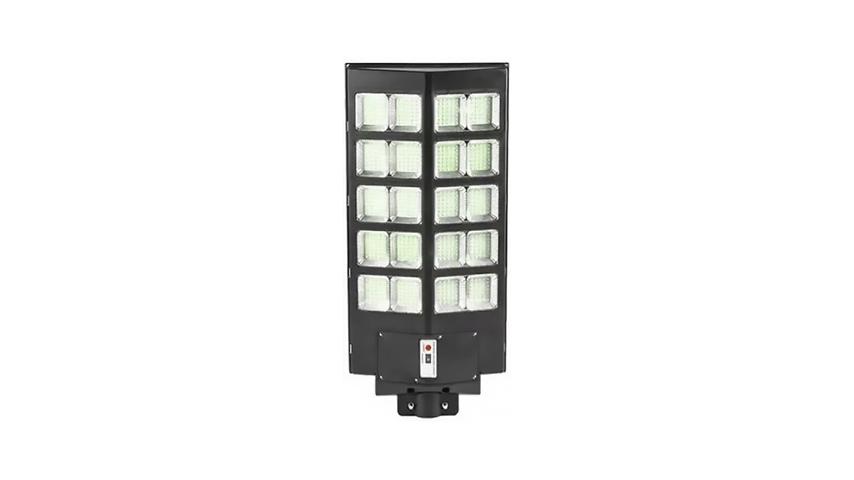When it comes to outdoor lighting, choosing between solar street lights and traditional lighting options can have a significant impact on your finances. Solar street lights harness the power of the sun to provide illumination, while traditional lighting relies on electricity from the grid. In this article, we will compare the cost-effectiveness of solar street lights and traditional lighting systems to determine which one saves you more money in the long run.

Watch Youtube Video of this Light Unboxing and Installation Click Here
Table of Contents
- Introduction: Lighting the Way to Cost Savings
- Cost Analysis: Initial Investment and Operational Expenses
- Energy Efficiency: The Power of the Sun
- Maintenance and Replacement Costs
- Environmental Impact: Going Green with Solar
- Durability and Longevity: The Lifespan of Lighting Systems
- Conclusion
1. Introduction: Lighting the Way to Cost Savings
Outdoor lighting is essential for safety, security, and aesthetics. Choosing the right lighting solution can help you minimize expenses while providing adequate illumination. Solar street lights and traditional lighting systems differ in terms of energy source, maintenance requirements, and environmental impact. Let’s delve into the cost analysis and other factors to determine which option saves you more money.
2. Cost Analysis: Initial Investment and Operational Expenses
Solar street lights generally have a higher upfront cost compared to traditional lighting systems. The initial investment includes the purchase of solar panels, batteries, LED lights, and other components. However, solar street lights operate independently of the grid, eliminating ongoing electricity costs. Traditional lighting systems, on the other hand, require electricity from the grid, resulting in monthly operational expenses.
3. Energy Efficiency: The Power of the Sun
Solar street lights are highly energy-efficient since they rely on solar power, which is a renewable and free energy source. The solar panels collect sunlight during the day and convert it into electricity, stored in batteries for nighttime use. In contrast, traditional lighting systems consume electricity from the grid, which can lead to higher energy bills.
4. Maintenance and Replacement Costs
Solar street lights generally require minimal maintenance. Once installed, they have a longer lifespan compared to traditional lighting systems. Traditional lights may require frequent bulb replacements and repairs, adding to the maintenance costs over time. Solar street lights, with their durable components and advanced technology, offer cost savings in terms of maintenance and replacement expenses.

5. Environmental Impact: Going Green with Solar
Solar street lights have a significantly lower environmental impact compared to traditional lighting systems. Solar power is a clean and renewable energy source, reducing carbon emissions and reliance on fossil fuels. By choosing solar street lights, you contribute to a greener future and promote sustainable practices.
6. Durability and Longevity: The Lifespan of Lighting Systems
Solar street lights are designed to withstand outdoor conditions and have a longer lifespan compared to traditional lighting systems. With durable materials and weather-resistant features, solar street lights require fewer replacements, resulting in long-term cost savings. Traditional lights may be more susceptible to damage and wear, leading to higher replacement and maintenance costs.
Conclusion
When comparing solar street lights and traditional lighting systems in terms of cost savings, solar street lights have a clear advantage. Although the initial investment for solar street lights may be higher, they offer long-term cost savings by eliminating electricity expenses, providing energy efficiency, and requiring minimal maintenance. Additionally, solar street lights have a lower environmental impact and offer enhanced durability and longevity. By opting for solar street lights, you can save more money while embracing sustainability and efficient outdoor lighting.
